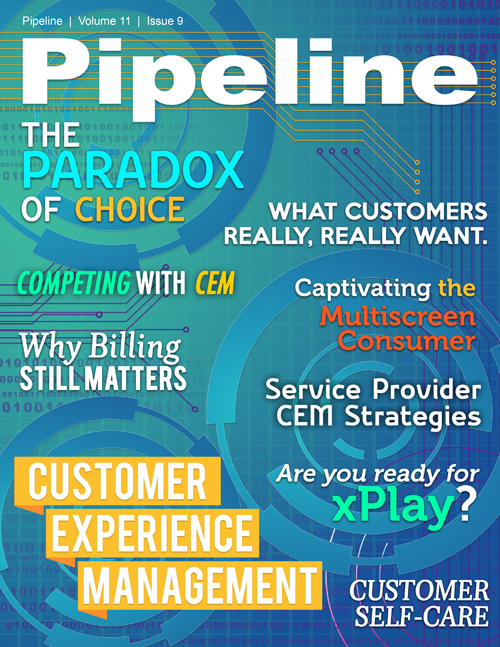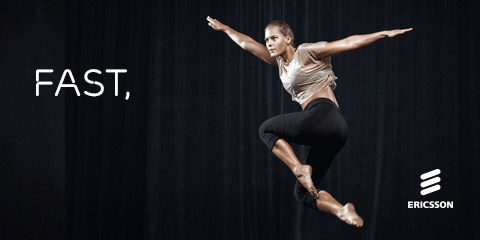Personalization: Solving the Paradox of Choice
By: Tim Young

In this whole wide world, is there anything more luxurious than choice? I think of bustling farmers’ markets lined with beautiful produce of every shape and size, or of a glistening warehouse store with aisles and rows of neatly stacked bounty, widely arrayed and packaged in bulk.
I also think of online shopping. If you want something specific, you can probably find it, even if you have to search and compare prices for a while. My dad tells me about the days when he’d have to drive an hour away to get to a record store that carried any of the bands he liked. Now I can locate any kind of music I want from my phone. That’s luxury. That’s choice.
However, my mind also wanders to the stress of sitting down in a restaurant I’ve never been to before and being confronted with a ten page menu. I’m with friends, so I don’t feel like spending twenty minutes reading the menu, and I just end up asking the server what’s good anyway.
At that moment, choice becomes a burden (in a uniquely first-world kind of way). I’d much rather have a well-curated menu of a few high-quality choices. A menu too long looks like a minefield. There’s no way they can get every dish right.
In fact, I would be more likely to avoid that restaurant in the future. In fact, my favorite restaurant has a menu that rotates constantly based on the chef’s educated knowledge of what ingredients are in season and available that week or that day. I get to pick from a list of sure hits. Sometimes that’s the kind of choice I want.
About Ericsson
Ericsson provides industry-leading OSS/BSS solutions and professional services, based on the deepest and broadest experience in the business. With the agility to help you realize your tomorrow today, our solutions and services are helping operators around the world succeed in the Networked Society. This means being fast, flexible and in control, delivering great experiences to consumers, operating efficiently and developing innovative new offerings for a diversifying market. In a world where mobile, broadband and the cloud are fueling a fundamental transformation, managing the subscriber lifecycle and experience will become even more important and challenging. Look to Ericsson to support your modernization and integration efforts across the full OSS/BSS landscape. www.ericsson.com/ossbss
I’m certainly not alone in this. Customers want choice, but choice can be debilitating. This phenomenon has been called many things: Decision fatigue. Choice overload. Analysis paralysis.
Is there such thing as too much choice?
The demotivating effects of choice were outlined most notably in Sheena Iyengar and Mark Lepper’s 2000 study of consumer choice and, of all things, jam. Shoppers entering an upscale food market on one day saw a display of 24 fruit jams and, if they stopped for a sample, received a coupon for $1 off the spread of their choice. On another day, the same scenario played out, only with 6 jams instead of 24. The result? Those who saw the large display were one-tenth as likely to buy jam as those who saw the small display.
Iyengar and Lepper called it the “paradox of choice”, and in the decade and a half since its publication, their paper has received its fair share of criticism from economists who claim it only holds under specific circumstances.
Nevertheless, the idea that excessive choice can be a demotivator continues to carry weight among many. President Barack Obama famously told Vanity Fair several years ago that he generally only wears blue or gray suits to eliminate an unnecessary choice from a day chock-full of much more important decisions.
He’s not alone. Lots of busy people simplify big chunks of their day to avoid getting lost in the weeds of trivial choice. But that line of thinking doesn’t extend to the way we pick our phones and other communications choices, does it? I mean, customers love to personalize their plans.
Maybe not in every case.
In July of 2014, Virgin Mobile USA (a Sprint subsidiary) released Virgin Mobile Custom™, ”a no-annual-contract offer with unique parental controls and the ability for customers to build personally tailored rate plans.” The plan was all about customization and personal control. Up to five lines could be activated for under $7 a piece with a basic set number of voice minutes and texts (20 of each), and add-ons were available for features like unlimited access for certain apps. International calling to specific countries was available in 30 minute increments. Plans could be adjusted daily from each device or by the primary user, and all of it was done on a no-contract basis.



















